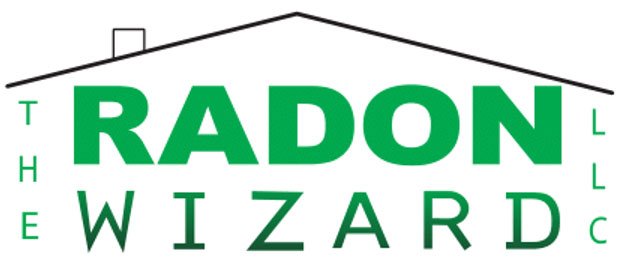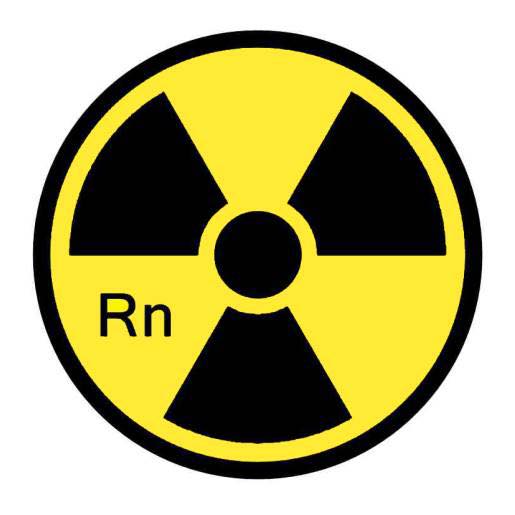Radon is an odorless, colorless, and tasteless radioactive gas that can be found naturally in the environment. It is produced by the breakdown of radium in soil, rocks, and water. Radon is a big risk because it is a Class A carcinogen – meaning that it is known to cause cancer if there is sufficient exposure to it. It is known to be the leading cause of lung cancer in non-smokers, and the second leading cause of lung cancer in smokers. Radon induced lung cancer accounts for approximately 21,000 deaths each year in the United States.
The danger of radon gas is that it is constantly breaking down. The problem arises when radon gas is inhaled and the radon gas goes through its breakdown process. When exhaling, some of the radon decay products remain in your lungs. As the radon decay products continue to undergo radioactive decay, the emit an alpha energy, and the alpha particles can damage the lung tissue. This damage can cause a physical and/or chemical damage to the DNA structure of the cell. When this occurs, the cell could possibly die and be replaced with new cells, repair itself successfully, or try to repair itself, but do so incorrectly possibly forming cancer cells.
The Environmental Protection Agency (EPA) estimates that nearly 1 out of every 15 homes in the United States has elevated levels of radon. Radon can enter your home through cracks or openings in foundations, crawlspaces, or sump pump pits and become trapped inside, where it accumulates to dangerous levels. The only way to know whether your home has high radon levels is to test for it – which is why it’s important to get your home tested regularly.
Not everyone who is exposed to radon develops lung cancer. Your risk due to radon exposure is based more on the amount of time you are exposed and the concentrations in which you are exposed. Long-term elevated exposure to radon increases your risk for lung cancer. This is especially true for smokers, as the combination of smoking and radon exposure puts you at an even greater risk for developing cancer. Exposure to elevated levels of radon gas does not result in immediate warning symptoms such as headaches, fatigue, skin conditions, nausea, or sleeplessness. The only way to know if you are exposed to an elevated level of radon gas is to conduct a radon test.
Fortunately, there are ways to reduce your risk from radon exposure by taking action to lower its presence in your home. The most effective way to reduce indoor levels is through mitigation – which involves identifying how radon enters your home, sealing off any potential pathways for entry, and most importantly installing a system to draw a large portion of the radon gas before it enters your general breathing air. With these systems, a vacuum pressure continuously draws off contaminated air, venting it outside the home.
Testing and mitigation remain key components in controlling indoor radon levels and reducing the risks associated with this hazardous element present in our environment today.

